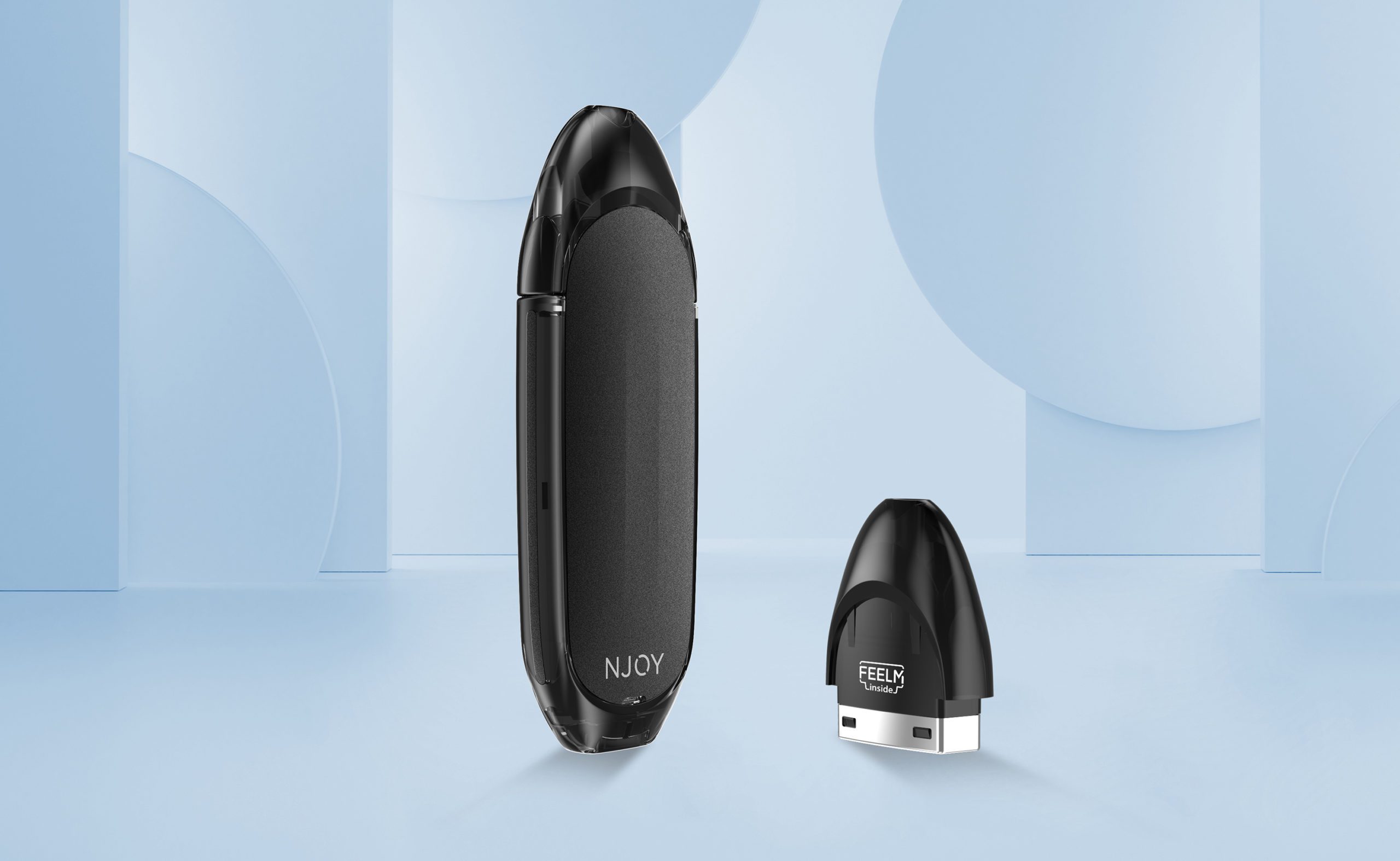
Blaming the manufacturers for irresponsible marketing is a red herring.
By Peter Clark
The social media presence of nicotine pouches has recently come under fire from public health experts. For example, Jai Surana believes that “aggressive marketing” has contributed to the spike in popularity in this product category.
Some perceive that nicotine pouches and e-cigarette markers present their products as a safe alternative to tobacco. With this perception of tobacco substitutes, coupled with the appealing variety of flavors, many are worried that kids will start using these products. Zyn’s robust meme culture and numerous influencers only fuel misconceptions about its marketing.
Contrary to the immersive online subculture of Zyn, nicotine pouches are not an exploding health epidemic among teens. The headlines of the droves of nicotine-addicted youth are exaggerations.
Blaming the manufacturers for irresponsible marketing is nothing but a red herring. Because most nicotine users are adults, many content producers are unaffiliated with producers, and the marketing hasn’t effectively targeted teens.
Despite the public health crusade to shield children from nicotine pouch advertisements on social media, only a minority of kids are using these products. The largest demographic for nicotine pouches is the “35–45” age group, making up 60 percent of the market. Per the Centers for Disease Control and Prevention, most pouch users are either current or former smokers. Most of the evidence suggests that most Zyn users are adults trying to quit smoking or are getting their nicotine fix when smoking isn’t an option.
How many kids use nicotine pouches? The number of teens using these products is minuscule. In 2024, only 1.8 percent of “middle school and high school students reported currently using nicotine pouches.” This pales in comparison to the significantly higher numbers of teens smoking in the 1990s. A jaw-dropping 16.8 percent of high school students were “frequent smokers” in 1999. This was still only a minority of teens but significantly higher than the number of kids currently using nicotine pouches.
Yes, nicotine pouches have social media sites, but what about the third-party content producers? There is a lot of finger-wagging at nicotine pouch companies for Instagram posts lacking warning labels, but will a Zyn fan account adhere to market guidelines? The problem is that internet culture tends to take on a life of its own. The marketing edicts of the Food and Drug Administration are not even a forethought to most Zyn enthusiasts making humorous memes.
There is no way to limit or regulate third-party content. The best companies can do is comply with the current laws and acknowledge that nicotine is addictive on official social media content. Attempting to shut down all third-party content is a game of whack-a-mole. For example, Juul failed at many attempts to remove underage fan sites from social media.
Even the high-profile Zyn influencers, from Joe Rogan to Tucker Carlson, are unaffiliated with the brand. Philip Morris International hasn’t paid anyone to promote its pouches. PMI spokesman Corey Henry has stated, “Zyn doesn’t have partnerships or product promotion with any social media influencers or celebrities.” Before Carlson’s culture war on Zyn and his recent venture into the market, PMI tried to distance itself from his more outlandish claims about the product.
As mentioned previously, youth nicotine pouch use is low. However, has the social media market influenced teen use? Less than half of teens and young adults surveyed in a Georgetown study were even aware of the existence of this product. Less than a quarter of nontobacco-using participants were familiar with nicotine pouches. If Zyn is trying to market its pouches to young people, their plan has failed. Only young people predisposed to using nicotine are familiar with nicotine pouches.
At first glance, it is easy to attack nicotine pouch brands like Zyn for irresponsible marketing, but it is not the crisis that experts and the press are making it out to be.
Only a small number of teens are using nicotine pouches, most of the egregiously irresponsible “marketing” is coming from third-party creators, and there is little evidence that the official product marketing is pushing kids toward nicotine pouches. If we want to protect kids from nicotine addiction, we should attack the social issues driving them to use nicotine, not flashy marketing.





